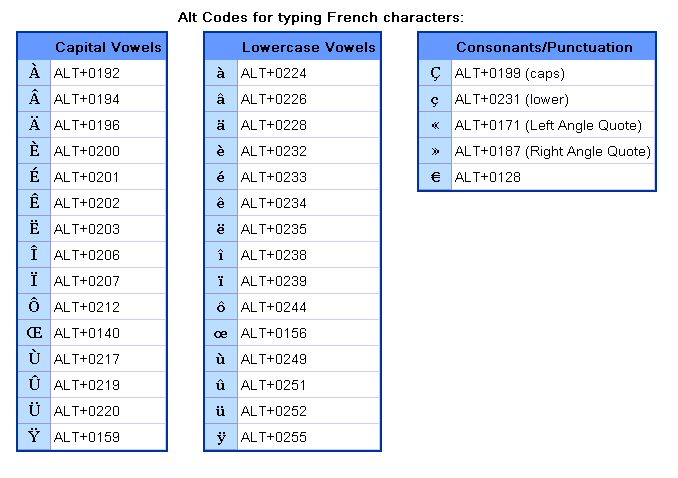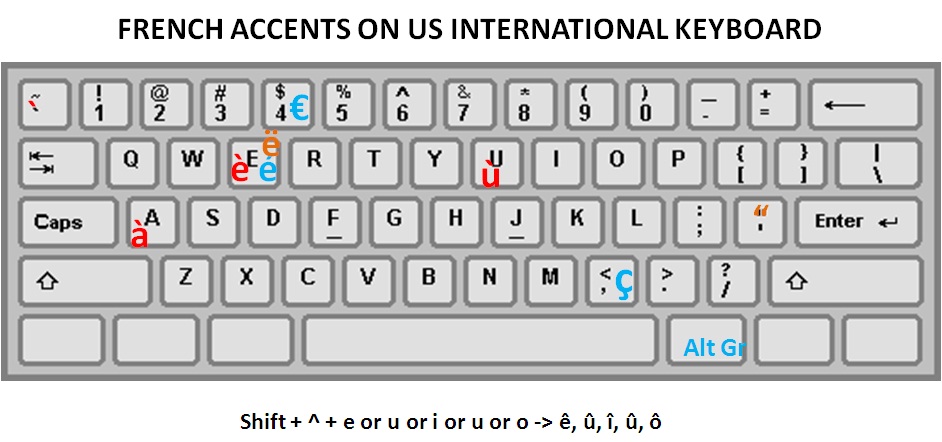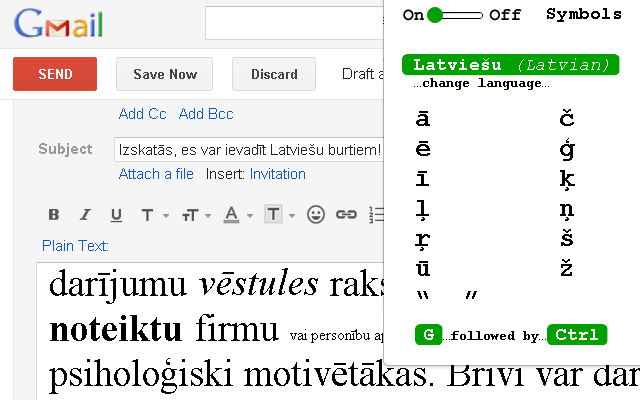Vocabulaire d’Halloween
L’automne - Autumn/ Fall Octobre - October Le trente et un - 31st La Toussaint - All Saints Day Halloween - Halloween Un potiron /Une Citrouille - Pumpkin Une sorcière - a witch Un balai - a broom Un cimetière - a cemetery Une bougie - a candle Un masque - a mask Un déguisement - a disguise / costume Un squelette - a skeleton Un chat noir - a black cat Une chauve-souris - a bat Une araignée - a spider Un épouvantail - a scarecrow Un feu follet - a jack-o’-lantern Un vampire - a vampire Un lutin - a goblin Une momie - a mummy Un monstre - a monster Un diable - a devil Des bonbons - sweets / candy Un chat noir - a black cat une chauve-souris - a bat un fantôme - a ghost une feuille - a leaf le crâne - the skull la toile d'araignée - the spider’s web Verbes: hanter - to haunt jouer un tour (à qqun) - to play a trick (on someone) Se costume en - is dressed up as Ramper - to creep Se glisser - to move silently Crier - to scream Hurler - to howl Grincer - to screech Se câcher - to hide oneself Glisser - to slither Voler - to fly Caqueter - to cackle Avoir peur du noir - to be scared of the dark The imparfait (imperfect) tense is a descriptive past tense. The main uses of l'imparfait are to describe states of being and habitual actions in the past. The beginning and end of the state of being or action are not indicated, and the imperfect is very often translated in English as was or was ___-ing. Passé composé is used to describe actions that started and ended at a specific time in the past. The stem of l'imparfait is the nous form of the present tense, just without the -ons ending. You then add the imperfect endings to this stem. Note that the stems of all imperfect verbs are conjugated in this way, except for être.
ne jamais - never
ne personne - nobody ne pas - not ne rien - nothing Je n'ai rien fait - I did nothing 1. Using ALT codes http://french.about.com/od/writing/ss/typeaccents_7.htm This website has a list of codes to use to type any accented letter into a webpage. You need to first make sure that number lock is turned on, and you can only use the number pad on the left of your keyboard. Just hold the ALT key, type in the number code, and the accented letter will appear. 2. Using the French International Keyboard http://french.about.com/od/writing/ss/typeaccents_2.htm The international keyboard is a simple Control Panel option that lets you type French accents. It is one of the most convenient options because it maintains the QWERTY layout, with just a few changes and additions. 3. Using Google Chrome
https://www.google.com/intl/en_ca/chrome/browser First, you need to have the Google Chrome browser downloaded onto your computer. If you go into to Store, you can get an app called Accents Plus, which shows you simple codes to type in to get accented letters on any webpage. This is the method I use, because I prefer using Chrome. |
|
|



 RSS Feed
RSS Feed